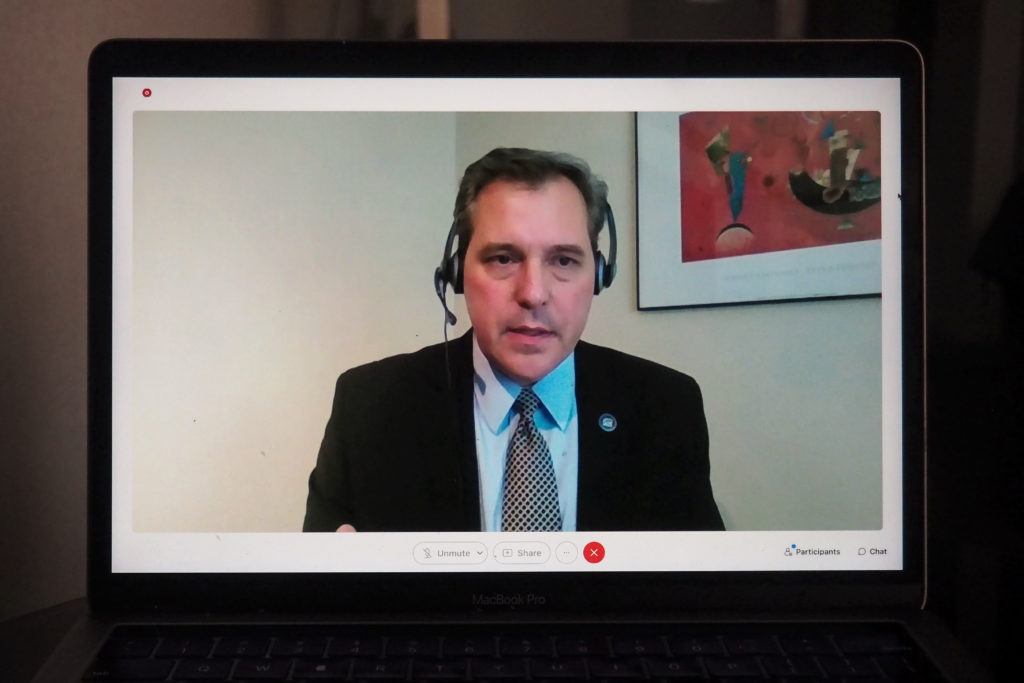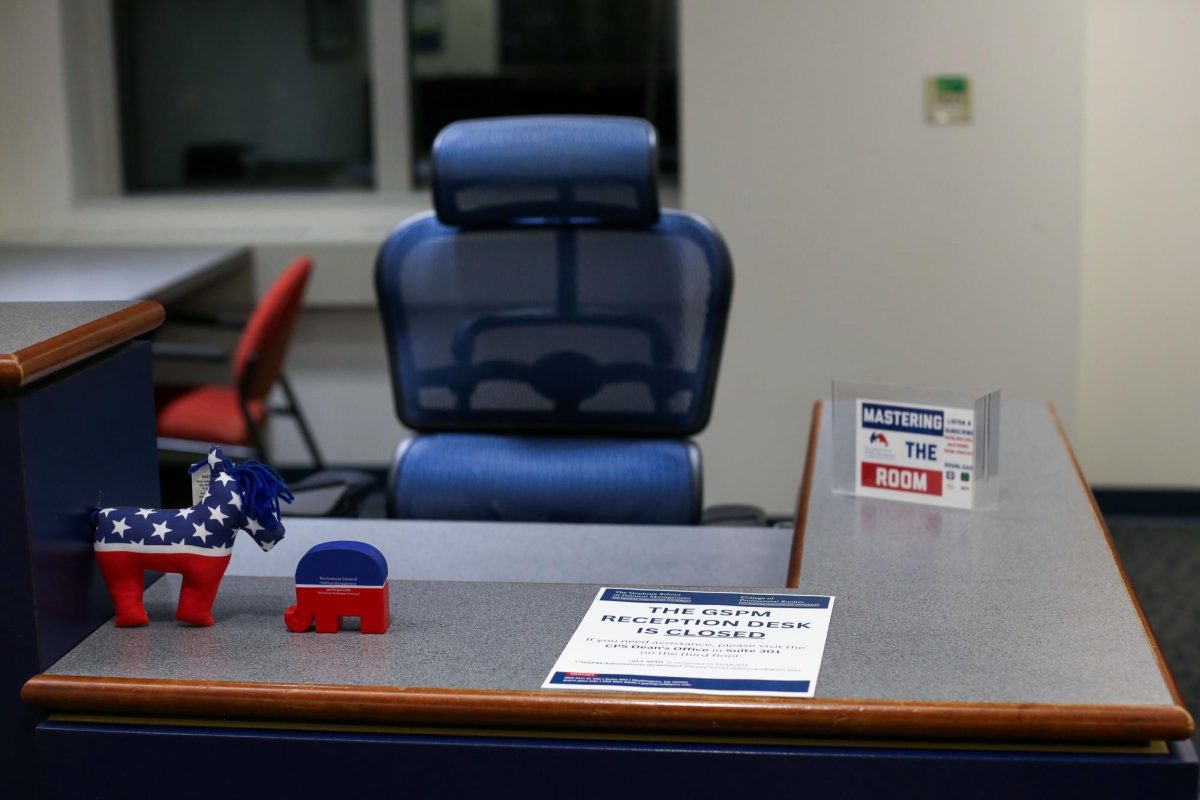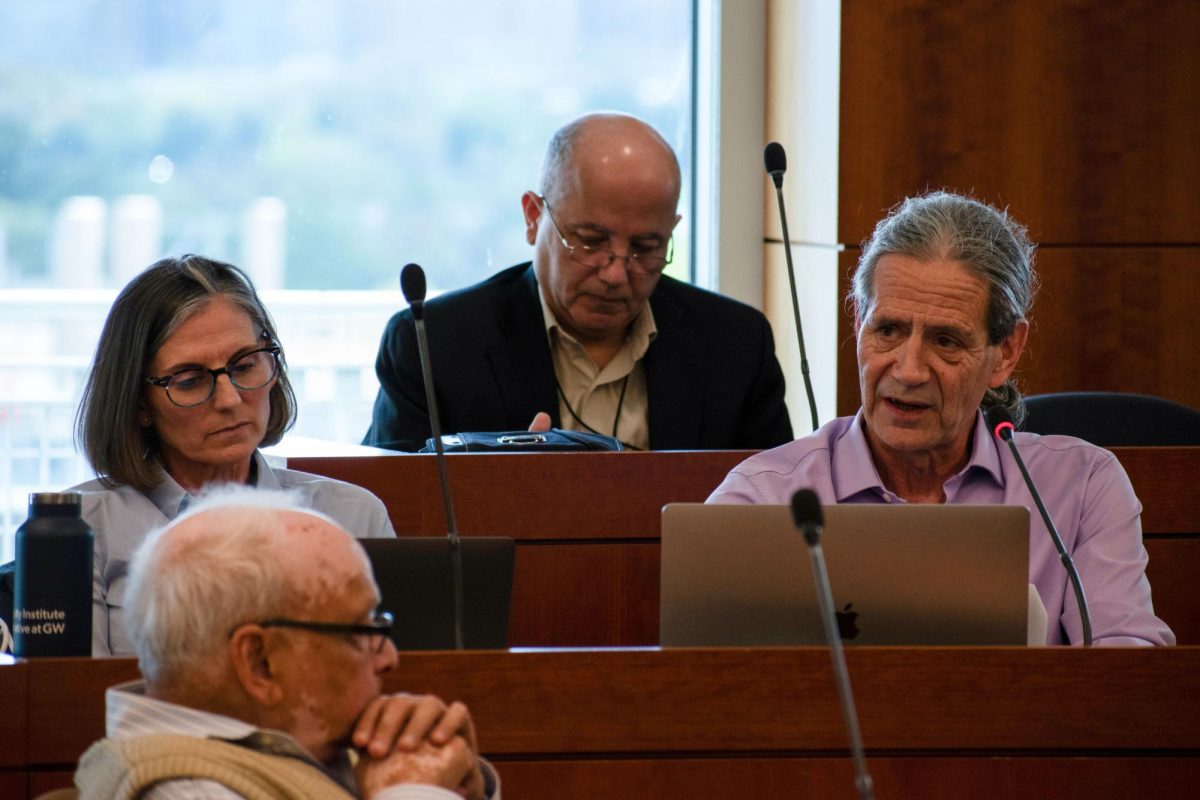Updated: Wednesday, Dec. 8, 2022 at 9:57 a.m.
Transfer student enrollment at GW has dropped by about 85 percent since 2020 to its lowest point in eight years, according to student enrollment data released last month.
The number of undergraduate transfer students plummeted from 138 last fall to 44 this semester, now making up 1.4 percent of the new residential undergraduates this semester, according to the data. Experts in higher education and admission said universities across the country experienced similar drops in residential transfer student enrollment because of national declines in high school graduate numbers and increased enrollment in online programs.
Jay Goff, the vice provost of enrollment of student success, said officials “scaled back” transfer student numbers while accepting one of the larger freshman classes in recent years. He said officials are considering accepting a “slightly smaller” freshman class next academic year, which could provide more space for transfer students.
He said officials have filled all available spaces on campus for students this fall and will need to consider the University’s ability to house accepted students in the future.
“When we think about the undergraduate numbers, obviously we need to align our undergraduate headcount available capacity and our student service capacity,” Goff said.
GW’s 85 percent decline in transfer student enrollment since 2020 eclipses a 13.5 percent national average decline in transfer student enrollment in the same period, according to a transfer enrollment study by the National Student Clearinghouse Research Center.
Experts said a decline in high school graduates and community college enrollment have together decreased the pool of potential transfer applicants.
Kasandra Urquidez, the dean of admissions at the University of Arizona, said a decline in the number of students attending community colleges is likely contributing to drops in transfer student enrollment for four-year universities because a large proportion of transfer students matriculate from community colleges. About 31 percent of community college graduates transfer to a four-year institution, according to a National Student Clearinghouse Research Center report in 2021.
“The number of students just in general going to college and finding value in a college education has declined, so that has an impact across both two-year and four-year schools,” Urquidez said.
She said UA, along with many other universities, began expanding their online programs during the pandemic to accommodate an increased number of students looking for virtual learning opportunities, which attract transfer students who study part-time and have a job.
“Our online programs are taking off in a bigger way with our transfer students, so while in terms of our main campus, students who are coming in for a traditional campus experience is declining, the overall numbers have not declined significantly,” Urquidez said.
Robert Bennett, the senior associate director of admissions at Clemson University, said Clemson has shrunk available spots for transfer students because of an increase in academically qualified freshman applicants. He said high school graduates are often more interested in public universities like Clemson rather than private, out-of-state universities because they are more affordable.
“We’re kind of hot commodities, and there are an awful lot of students that are looking for that type of experience,” Bennett said.
GW received 27,277 applications last fall, surpassing the University’s previous record for application numbers set at 26,987 in the fall of 2017. Bennett said he expects freshman application numbers to “slow down” in the coming years because of a national decline in college-age students, which could free up spots for more transfer students.
“I have to believe it will slow down because our traditional college-age student population is in a decline nationwide, and I would think that for transfer students that are really sharp, there’s going to be opportunities for them at a lot of institutions.”
Jason Taylor, the director of transfer student success at the University of Utah, said transfer students from community colleges are more reluctant to transfer because they typically live about 15 to 30 miles from their school.
“Sort of the way that COVID impacted our sense of stability as a society, fewer students are willing to sort of move away from home to pursue a bachelor’s degree,” he said.
He said public universities like the University of Utah “rely” on community colleges for transfer enrollment, but nearby community colleges like Salt Lake Community College have also faced enrollment declines. Community colleges in the DMV, like Montgomery College and Northern Virginia Community College, reported significant enrollment decreases since 2019, according to the Washington Post.
“There are fundamental questions about whether students want to go to college, the value of college,” Taylor said. “Our society’s perceptions of college have changed, are changing, a little bit.”
This post has been updated to correct the following:
The Hatchet incorrectly reported that Urquidez is the dean of admissions at Arizona State University. She is the dean of admissions at the University of Arizona. The Hatchet incorrectly reported that Arizona State University began expanding online programs to accommodate students seeking virtual learning opportunities. The University of Arizona is expanding online programs to accommodate students seeking virtual learning opportunities.








